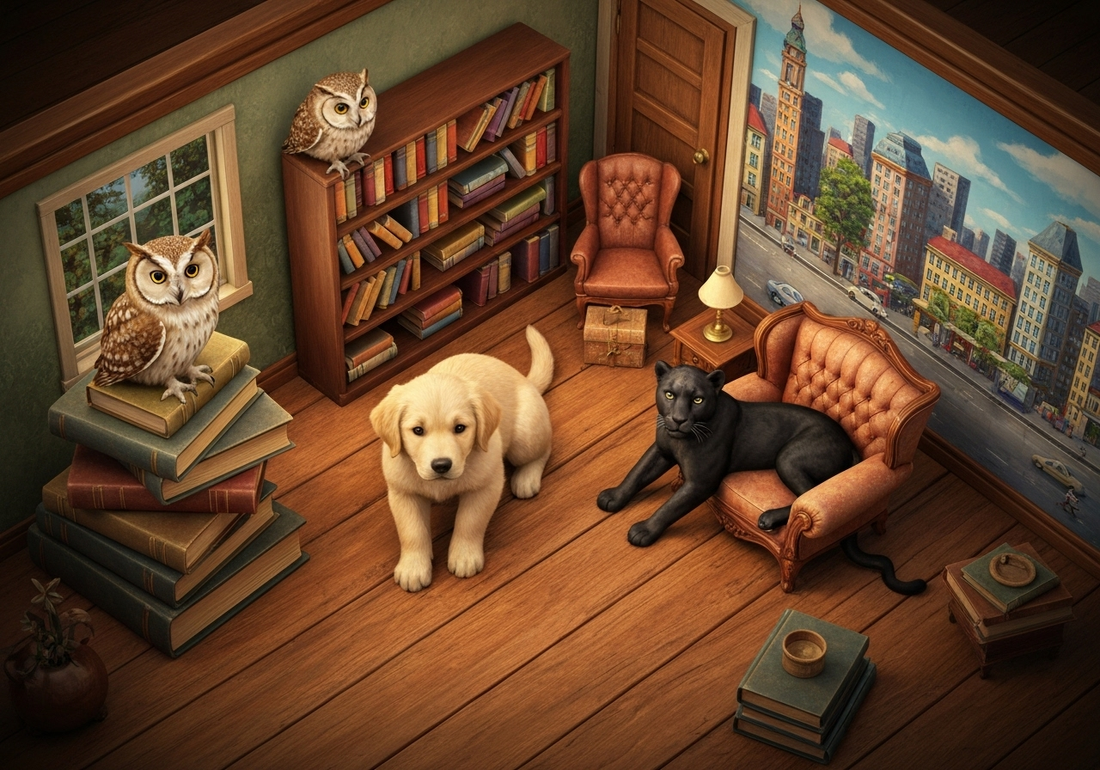Key Highlights
- Discover how to select the perfect animal home matching game based on your child's age and developmental stage.
- Learn to use different themes, from farm animals to wild creatures, to make game time more engaging for toddlers.
- Understand the key skill development benefits of these games, including improved short-term memory and concentration.
- A wooden memory game offers a durable, high-quality option that is safe for young children.
- This classic matching game is an ideal educational tool for both home and preschool settings.
- Engage with your child through a fun game that enhances vocabulary and animal recognition.
Introduction
Are you looking for a toy that is both entertaining and educational for your little one? An animal home matching wooden game is a fantastic choice for preschool-aged children. This classic memory game offers a hands-on way for kids to learn about different animals and where they live. It transforms learning into a playful experience, strengthening memory and cognitive skills while providing hours of fun. It’s a simple yet powerful tool to support your child's early development.
Wild and Home Matching: Essential Tips for Achieving Perfect Harmony
Finding the right activities for rambunctious toddlers and preschoolers can be a challenge. You want something that captures their attention while also contributing to their growth. A wooden memory game centered on animals and their homes is an excellent solution. These games are designed to be engaging, durable, and packed with learning opportunities. If you're interested in purchasing wooden animal home matching games online, you can find a wide variety at retailers such as Amazon, Etsy, and specialty toy websites. Simply search for "wooden animal home matching games" and check the available lettermail shipping options via Canada Post to browse selections and choose the best fit for your child, with shipping options available across the USA and the rest of the world.
To make the most of game time, it helps to have a few strategies. From choosing the right set for new arrivals in your toy collection to using it effectively for kindergarten readiness, these tips will help you create a harmonious play experience. Let’s explore how you can turn a simple matching game into a powerful learning adventure.
1. Choose the Right Animal Home Matching Wooden Game for Your Child’s Age
The first step to a successful game experience is selecting a set that matches your child's abilities. For younger children, typically between two and three years old, look for games with fewer, larger pieces. Sets with 10-12 pairs of chunky, wooden circular chips are perfect for little hands to grasp and manipulate safely. Sign up today to stay updated on our latest promotions. The images should be simple and clear, making it easy for them to recognize the animals priced at $USD.
As your child gets older, you can introduce more complex games. For a preschooler or an old grandson entering kindergarten, a game with more pairs, like the 32-piece set from SpriteGru, is ideal for Christmas. These sets challenge their growing memory and concentration skills. Considering the durability and safety of high-quality wood, a well-chosen, high quality game is certainly worth buying, as it can be enjoyed for years.
Ultimately, the best game is one that is not too easy to be boring, nor too difficult to be frustrating. Observe your child’s interest and skill level to find that perfect balance, ensuring game time is always a positive and rewarding experience. If you’re looking for popular brands that make animal home matching wooden games, consider options from companies like Melissa & Doug, Hape, and Tender Leaf Toys, which are known for their high-quality, educational wooden games that feature animal matching themes suitable for various age ranges.
2. Engage Kids with Thematic Animal and Habitat Pairings
One of the best ways to keep children interested in an animal home matching wooden game is by using different themes. Many games come with pre-set themes that group animals in a way that makes sense to a child, helping them make connections about the world around them. This approach turns a simple matching activity into a story about where animals live.
You can focus on one theme at a time to deepen their understanding. For example, you could spend a week playing with only farm animals, discussing the sounds they make and what their homes are called. This method is excellent for building vocabulary and introducing new words in a fun, interactive context. Compared to other types of animal matching games made from cardboard or plastic, wooden matching games often have a sturdier feel and tactile appeal, which can enhance sensory learning and durability. This can make the matching experience more engaging and long-lasting for young children.
Some popular themes that capture a child's imagination include:
- Farm Animals: Matching cows to barns and pigs to mud puddles.
- Wild Animals: Pairing lions with savannas and monkeys with jungles.
- Pets and Their Homes: Connecting dogs to doghouses and fish to bowls.
- Forest Creatures: Linking bears to caves and birds to nests.
What wild animals have you seen in your neighborhood?
In many neighborhoods, you might spot wild animals such as deer, raccoons, or even foxes. Birds like hawks and cardinals are also common. Each brings a unique charm to the community, blending nature with urban life. Observing these animals can enhance your appreciation for local wildlife and its habitat.
3. Encourage Learning Through Play: Skill Development Benefits
While it may look like just a fun game, an animal matching game is a powerhouse for skill development. The most obvious benefit is the boost to short-term memory. As your child flips over the wooden chips, they must remember the location of each animal to find a matching pair. This mental exercise strengthens their memory recall and concentration in a low-pressure environment.
Beyond memory, the game also sharpens cognitive reflexes and fine motor skills. The act of carefully picking up and turning over the chips helps develop hand-eye coordination and dexterity. As you play together, you can also enhance their language skills by naming the animals and talking about their characteristics and habitats.
This type of play-based learning is incredibly effective because children are fully engaged and motivated. They are not just memorizing facts; they are actively participating in a challenge, which helps information stick. It’s a wonderful way to prepare them for more structured learning in school.
Conclusion
In summary, wild and home matching activities foster an engaging and educational environment for children. By selecting age-appropriate games, utilizing thematic pairings, and promoting skill development through play, you can create a harmonious blend of fun and learning. These experiences not only entertain young minds but also encourage cognitive growth, fostering a deeper understanding of the natural world. So, whether you’re teaching at home or in a classroom, implementing these strategies will ensure that your children enjoy both the playful and educational aspects of wild and home matching. Start today to create memorable and enriching moments for your kids!
Frequently Asked Questions
What skills do children develop from animal home matching wooden games?
These games are excellent for skill development. A wooden memory game helps improve short-term memory, concentration, and animal recognition. Playing this matching game also enhances vocabulary as children learn the names of different animals and their homes.
Can animal home matching wooden games be used in classrooms?
Yes, absolutely. An animal home matching wooden game is a fantastic resource for classroom use, especially in preschool and kindergarten settings. It's also a popular tool in homeschooling curriculums across Canada for teaching about animals and habitats in an interactive way.
How should I care for and store a wooden animal home matching game?
To ensure your high-quality game lasts, store the wooden circular chips in their original box or a small bag to prevent pieces from getting lost. For care, simply wipe the pieces with a dry or slightly damp cloth. Avoid harsh chemicals to protect the wood.


